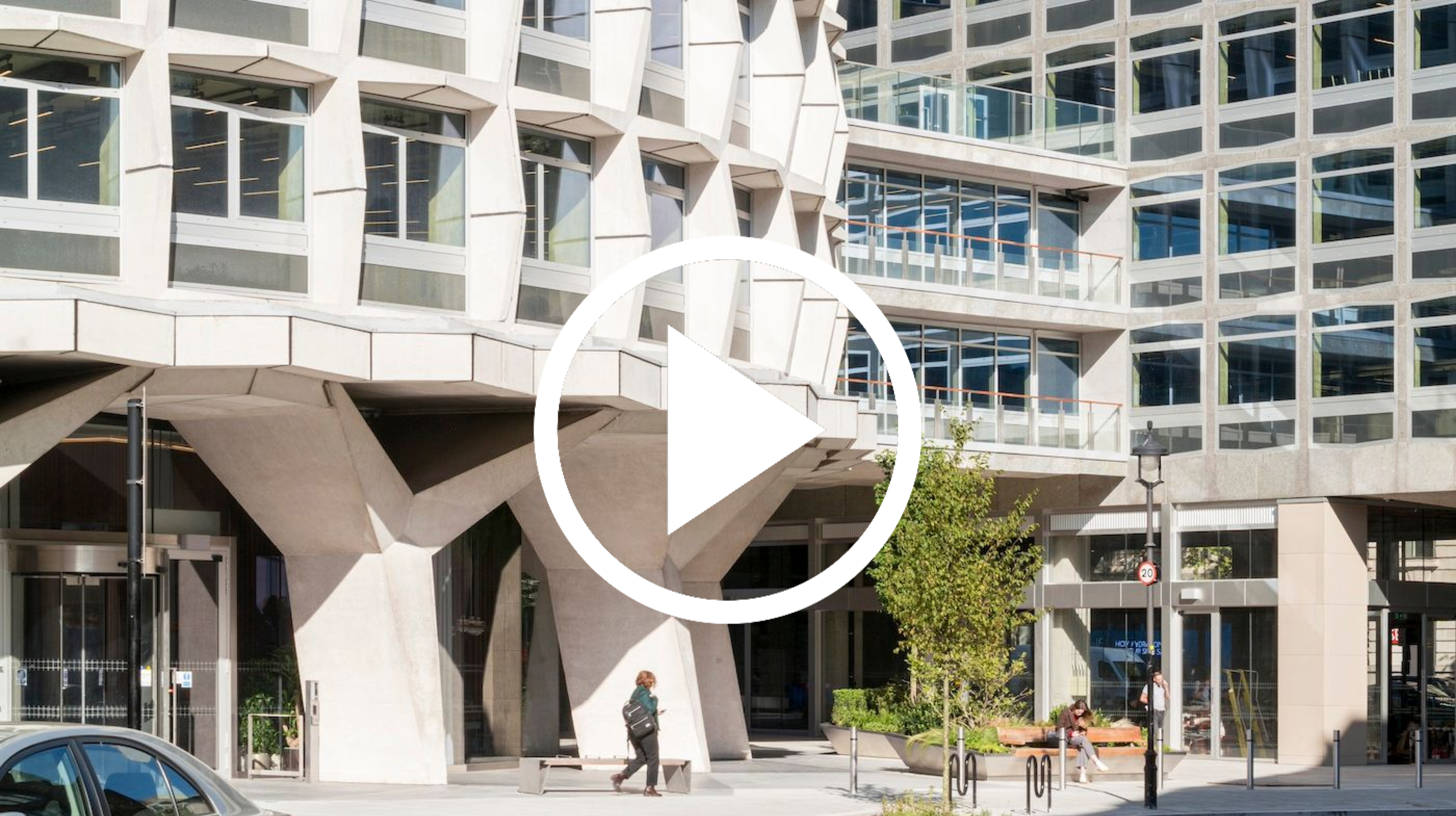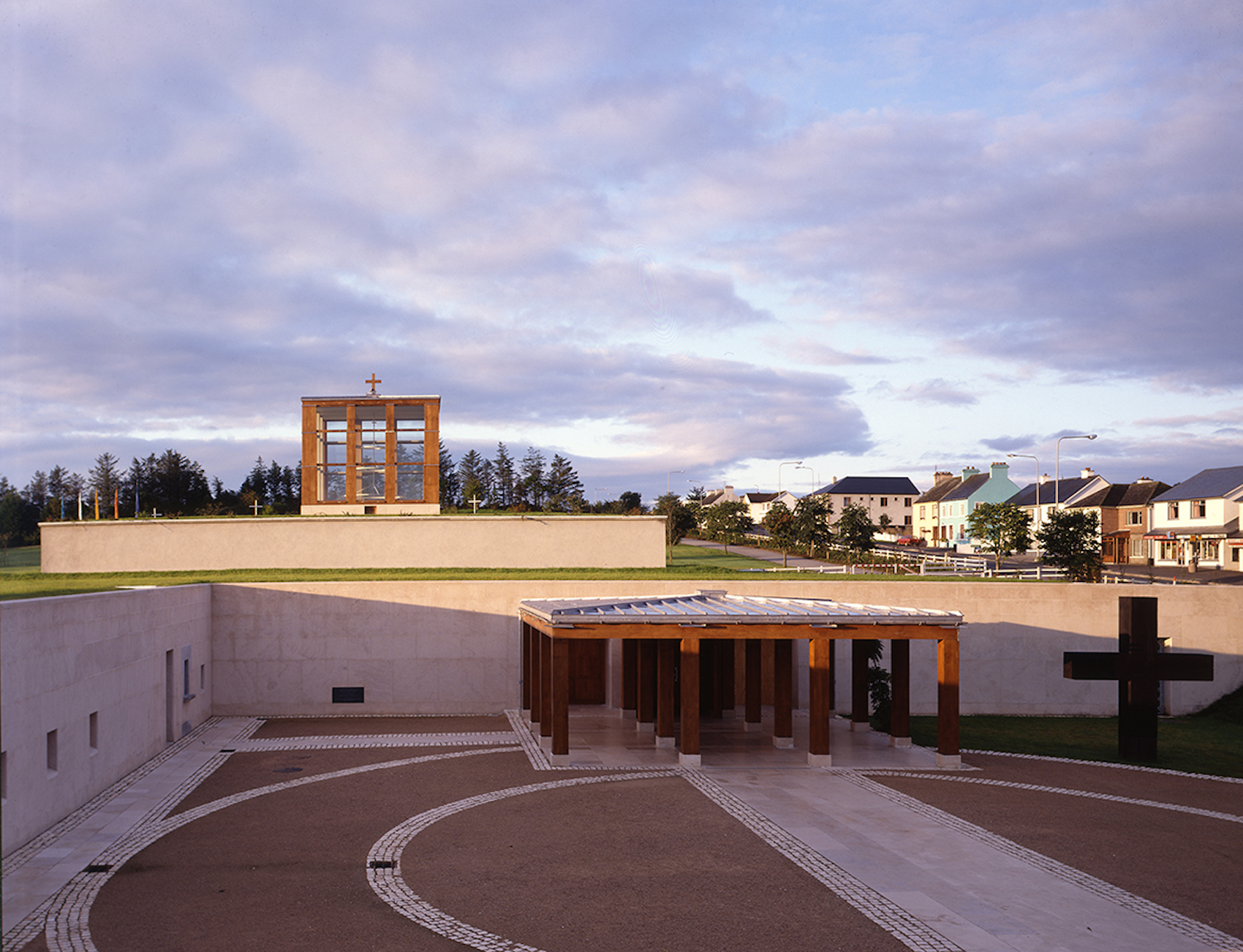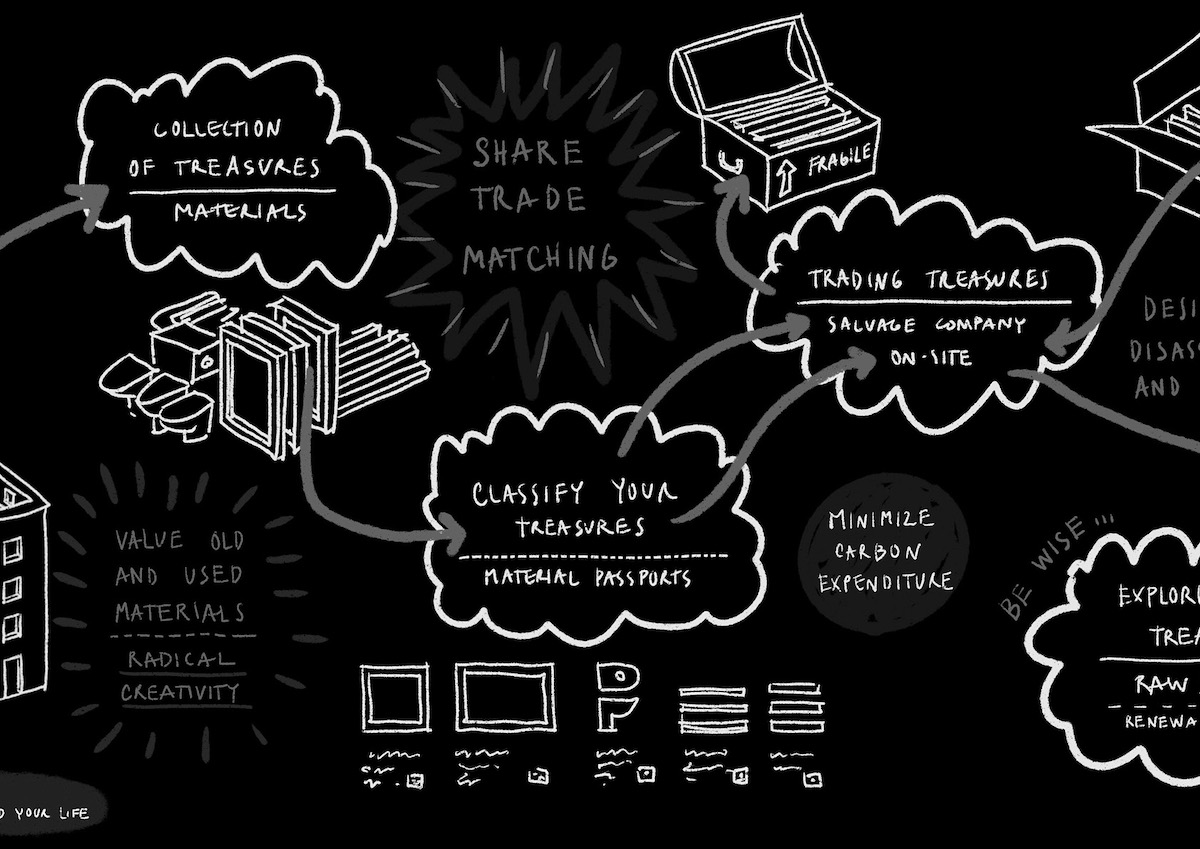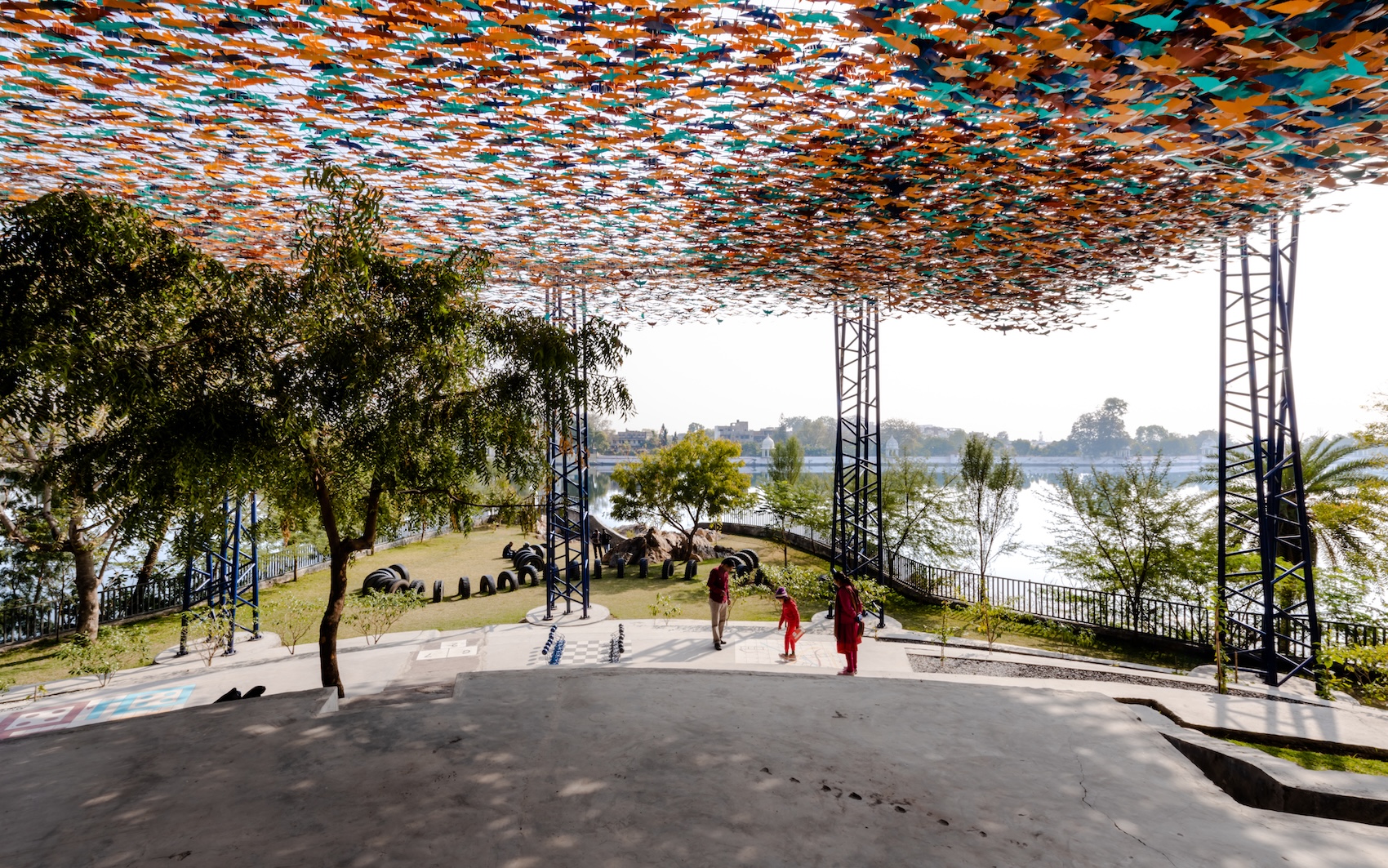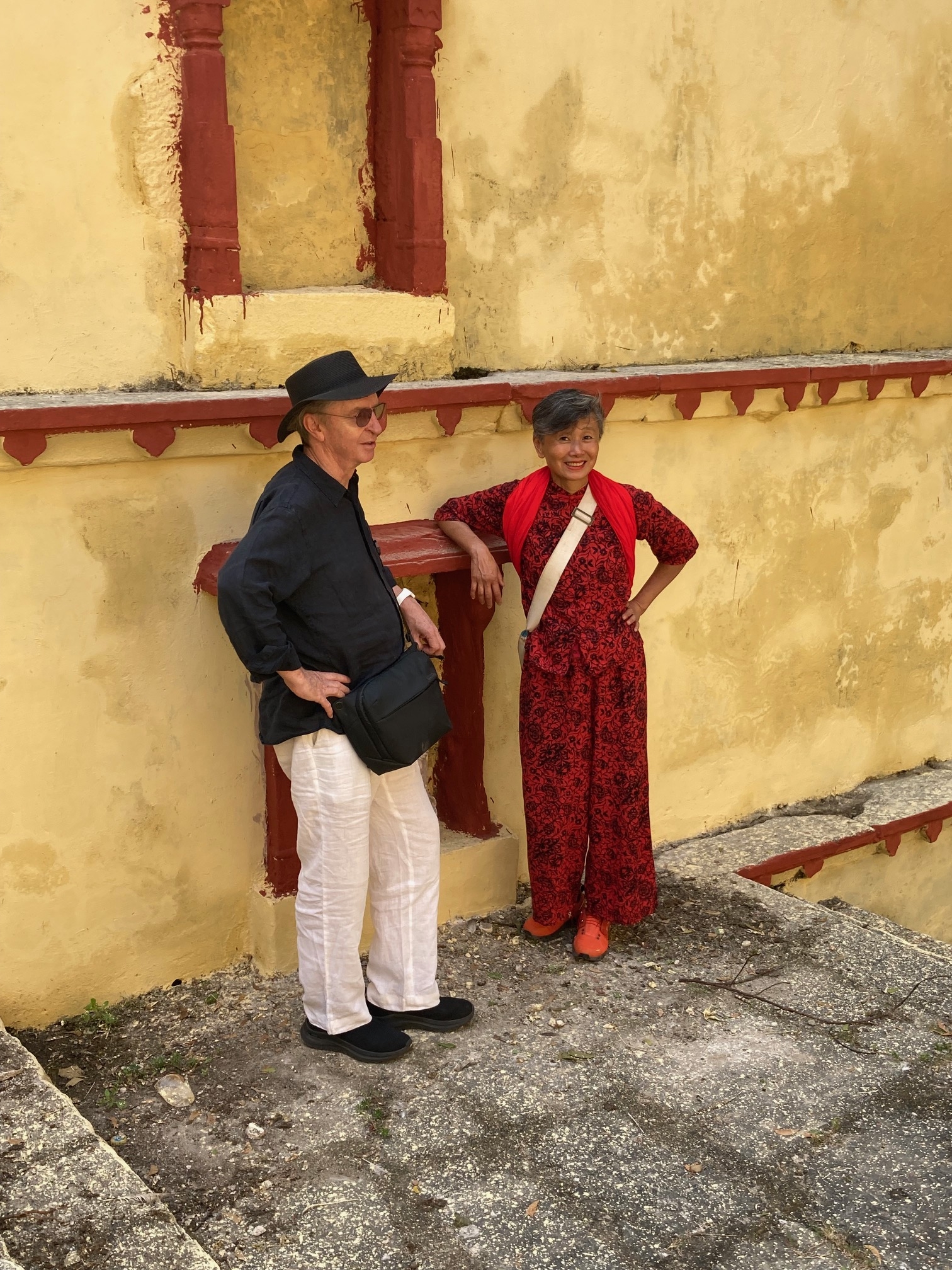
We are in the garden of the grandly named Casa Nova Orient Palace, a canopy of vines bright against the velvety night sky, wine flowing freely, the tables all around alive with conversation in half-a-dozen languages. It could be any Mediterranean country. Except that it is near midnight, and soon we ought to cross the square to our hotel. It might not be long before Israeli patrols begin to cruise the streets. Bethlehem is like that – a civilised town living in affliction.
Not many westerners know that this ancient, hilly city is in the West Bank;
still fewer are aware that in it, religious tolerance bravely struggles to survive. The Casa Nova is a Franciscan pilgrim house. On any night, pilgrims, monks and nuns, tourists and journalists mix with local traders, residents and their families. It would be hard to imagine a more tolerant, cultured society.
The western media, reporting its declining Christian population, automatically blame ‘radical Muslims’, but Bethlehemites will point simply to the Wall. Jerusalem and Bethlehem are sister-cities, for centuries closely-knit, now worlds apart. To West Bankers, Israel’s ‘security fence’ is an ‘apartheid wall’. On the Jerusalem side, official inscriptions wish the tourist ‘peace’, ‘salaam’ and ‘shalom’. On the Bethlehem side, angry graffiti tells another story. Jesus wept for Jerusalem; these weep for Palestine.
Built partly to protect Jerusalem from bombers, the Wall has indeed reduced attacks. But its aggressive forms snake across the landscape, destroying homes and olive groves, annexing farmland, vineyards and historic sites. At their single checkpoint Bethlehemites may be denied work, schooling or urgent hospital treatment in Jerusalem. Tourists are discouraged from entering Bethlehem from Israel. And there is the institutional violence of the illegal settlements, Har Homa and Gilo, built on Bethlehem’s land and defended by the Wall.
At the centre of Bethlehem is the Church of the Nativity, one of the oldest working churches in the world, run by the Catholics, Greeks and Armenians. Its massive basilica, built by Justinian over the cave in which Jesus may have been born, replaced a church dating back to Constantine. Over the centuries, it was spared by the Persian invaders, tolerated by the Saracens and survived both the Mamelukes and the Ottoman Turks.
In 2002, during the Second Intifada, Israeli forces besieged the church for 39 days when it was occupied by Palestinian militants. Yet despite this history, both it and Bethlehem remain symbols of tolerance. Across Manger Square from the basilica is the Mosque of Omar, with its tall, octagonal minaret. Built 150 years ago on land donated by the Greek Church, and supported for years by both Muslims and Christians, it still represents a co-existence which right-wing news-papers prefer not to recognise.
The magnificently kitsch Shepherds’ Tent restaurant at nearby Beit Sahour brings Christian and Muslim families together from all over the area. The hill-top Bethlehem University, its walls still pocked with bullet holes, is a Catholic foundation, but it has a majority of Muslim students, most of them women. The hospital of the Bethlehem Arab Society, in its cluster of white, modernist buildings, is a Christian organisation giving medical help to the disabled of all religious groups. The nineteenth century Cremisan winery, built by Don Bosco’s Salesians on the ruins of an ancient monastery, employs workers of all faiths. In the old city, the Salesians run a technical college. Round its quiet courtyards, Christian and Muslim students are still taught olive-wood carving, a Bethlehem speciality for centuries – though the visitors who buy it are much fewer now. Here too is the bakery which gives daily bread to the poorest families of the city, irrespective of race or religion – a service which continued, during the Second Intifada, through two solid months of curfew. And in the old city, near the basilica, stands the Anatreh Quarter – beautiful old stone-built courtyard houses, recently restored with money from the EU as a modest symbol of continuity and faith in the future.
Faced with virtual imprisonment, loss of land, shortage of water, unemployment, and the seedy environment which these things bring, it is not surprising that people escape when they can. What is more surprising, perhaps, is that many others stay, recognising the importance of Bethlehem as a place where reconciliation can and does take place. I like the elegance and glamour of Venice, Barcelona, and the city I knew as Leningrad, but Bethlehem is different. Its beauty is below its dilapidated surface. Life here may be lived on the edge, but strangely is all the richer for it.
Architect, planner and author who lives and works in London; an enthusiastic student of the Middle East since winning a travel scholarship to Egypt and the Sudan in 1962.


